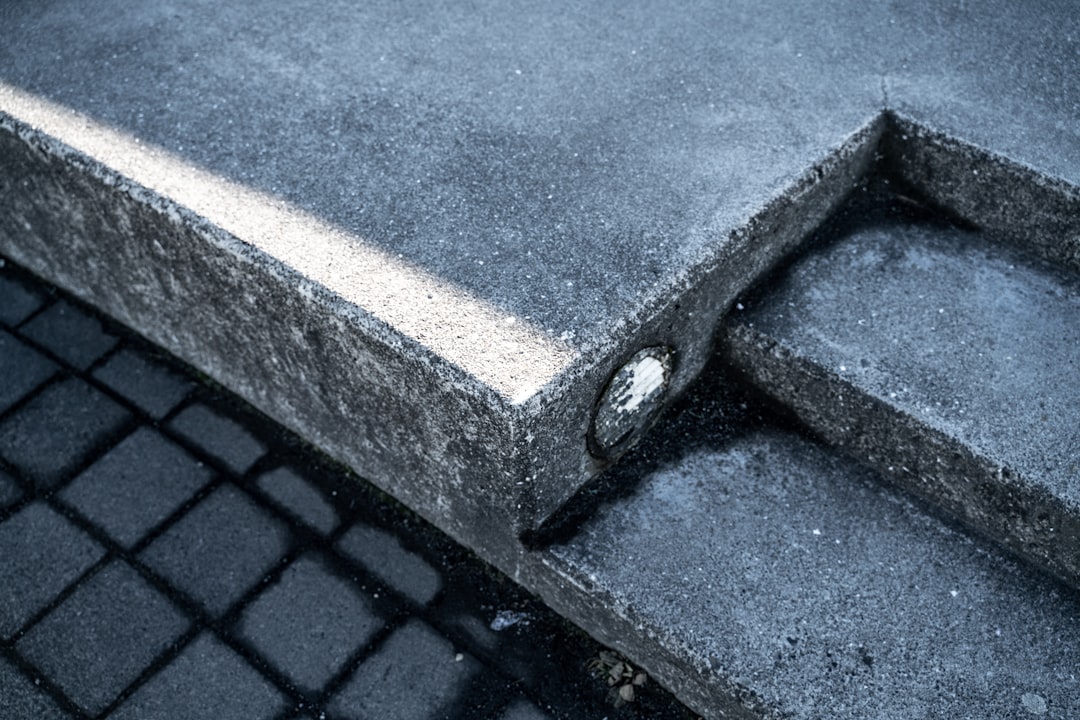Cold drawn round steel bars are ubiquitous in modern manufacturing, serving as foundational components in countless applications. Their superior strength, precision, and surface finish make them indispensable across diverse industries. This comprehensive guide will delve into the intricacies of these remarkable steel products, exploring their manufacturing process, properties, applications, and the factors influencing their selection.
The Cold Drawing Process: Precision Engineering at its Finest
Unlike hot-rolled steel bars, cold drawn round steel bars undergo a process of deformation at room temperature. This process begins with a hot-rolled bar, which is typically already quite accurately sized. It’s then subjected to a series of drawing operations through progressively smaller dies. This controlled reduction in diameter significantly improves the material’s properties. The process involves:
- Pickling: The hot-rolled bar is cleaned to remove scale and impurities, ensuring a clean surface for subsequent drawing.
- Drawing: The bar is pulled through a series of dies, each reducing its diameter. This process induces significant strain hardening, increasing the tensile strength and yield strength of the steel.
- Straightening: After drawing, the bar is straightened to ensure dimensional accuracy and eliminate any residual curvature.
- Cutting to Length: Finally, the bar is cut to the required lengths, often with high precision.
The cold drawing process results in a superior surface finish, tighter tolerances, and improved mechanical properties compared to hot-rolled bars. This precision is crucial for applications requiring tight dimensional control and high strength.
Exceptional Mechanical Properties: Strength, Hardness, and More
The cold drawing process dramatically alters the mechanical properties of the steel. The strain hardening leads to a significant increase in:
- Tensile Strength: Cold drawn bars exhibit considerably higher tensile strength than hot-rolled counterparts, making them ideal for applications requiring high load-bearing capacity.
- Yield Strength: The yield strength, the point at which the material begins to deform permanently, is also significantly enhanced, ensuring greater resistance to deformation under stress.
- Hardness: The cold drawing process increases the hardness of the steel, improving its wear resistance and making it suitable for applications involving abrasive forces.
- Ductility: While increased strength often comes at the cost of ductility (the ability to deform without breaking), cold drawn steel still retains sufficient ductility for many applications.
The precise control over the drawing process allows for tailoring the mechanical properties to meet specific application requirements.
Diverse Applications Across Industries: A Versatile Material
Cold drawn round steel bars find widespread use in a variety of industries due to their exceptional properties. Some key applications include:
- Automotive Industry: Used in components like axles, shafts, and connecting rods, where high strength and precision are essential.
- Construction Industry: Employed in reinforcing bars, structural components, and other applications requiring high tensile strength and durability.
- Machinery Manufacturing: Utilized in spindles, shafts, and other machine parts requiring high precision and wear resistance.
- Aerospace Industry: Used in high-strength, lightweight components where both strength and weight are critical factors.
- Medical Devices: In applications demanding high precision and biocompatibility.
The versatility of cold drawn round steel bars stems from their ability to meet diverse mechanical and dimensional requirements.
Selecting the Right Grade: Understanding Material Specifications
Choosing the appropriate grade of cold drawn round steel bar is crucial for ensuring the component’s performance and longevity. Steel grades are specified based on their chemical composition and mechanical properties. Commonly used grades include:
- 1018 Steel: A medium-carbon steel offering a good balance of strength, ductility, and machinability.
- 1045 Steel: A higher-carbon steel with increased strength and hardness, suitable for applications requiring higher load-bearing capacity.
- 4140 Steel: A chromium-molybdenum alloy steel known for its excellent strength, toughness, and hardenability.
- 8620 Steel: A nickel-chromium-molybdenum alloy steel with high strength and excellent toughness, often used in demanding applications.
Selecting the right grade requires careful consideration of the specific application requirements, including load-bearing capacity, required strength, and necessary surface finish.
Advantages of Cold Drawn Round Steel Bars: Why Choose Them?
Cold drawn round steel bars offer several advantages over other steel products:
- High Strength and Hardness: Superior mechanical properties compared to hot-rolled bars.
- Precise Dimensions and Tolerances: Reduced machining requirements and improved component accuracy.
- Excellent Surface Finish: Minimizes the need for further surface treatments.
- Improved Fatigue Resistance: Enhanced resistance to cyclic loading.
- Cost-Effective: Reduced machining time and material waste can lead to overall cost savings.
These advantages make cold drawn round steel bars a preferred choice for many applications requiring high precision, strength, and durability.
In conclusion, cold drawn round steel bars represent a remarkable achievement in materials engineering, offering a combination of strength, precision, and versatility that is unmatched by many other materials. Their widespread adoption across various industries underscores their importance in modern manufacturing.
Tags: cold drawn steel, round steel bars, steel bar specifications, steel grades, precision steel, manufacturing process




